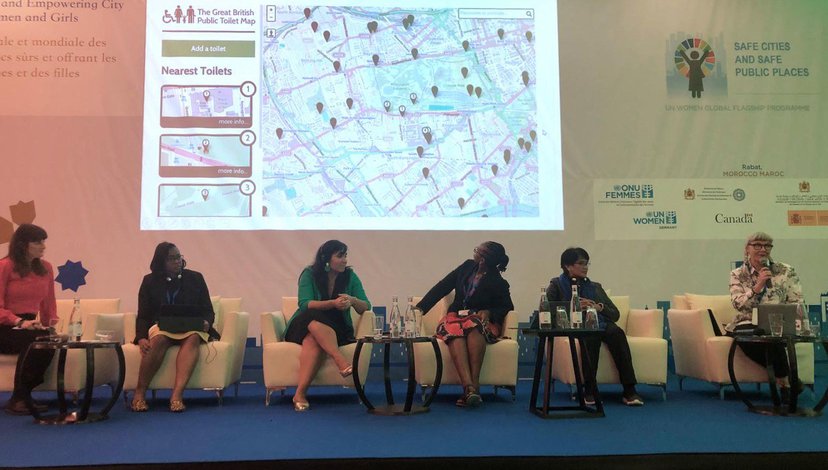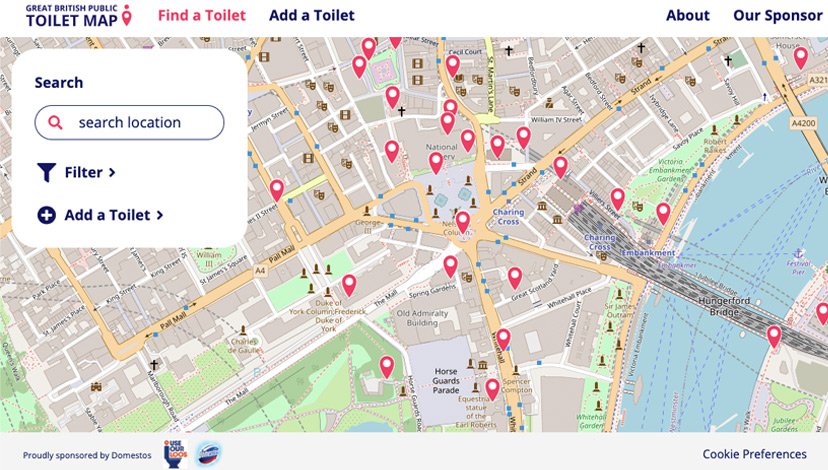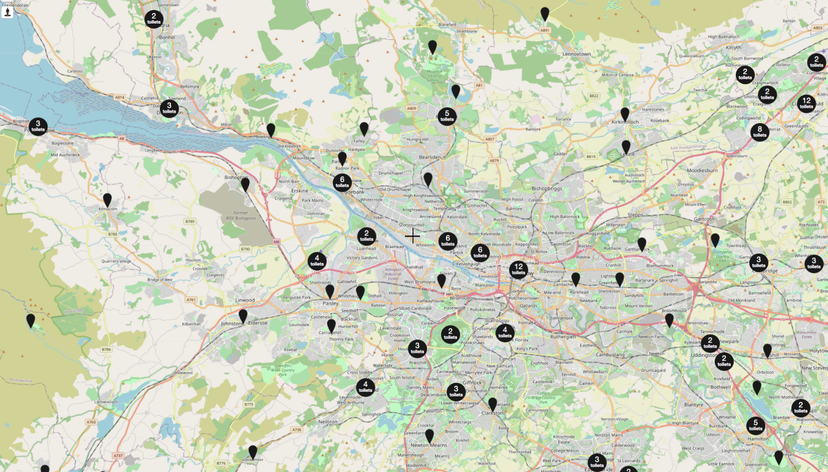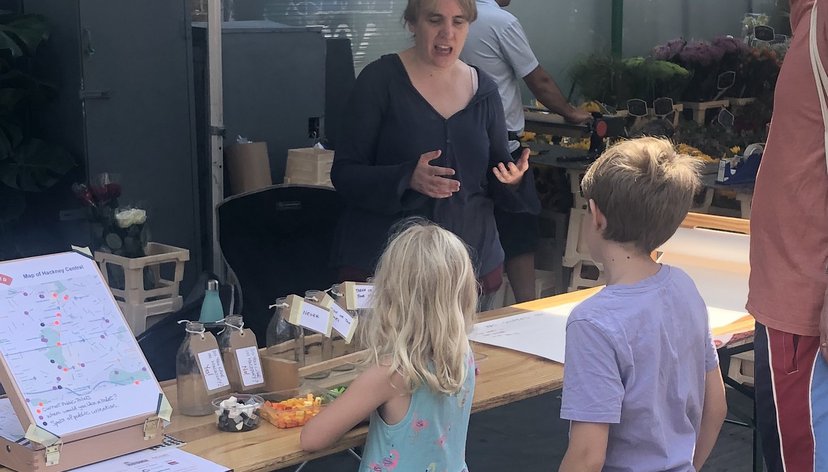Public Toilets Research Unit
Jump to
Finding new ways to improve toilet design and access, for everyone.
Our approach
The Public Toilets Research Unit (PTRU) builds on twenty years of design research into public toilets and the built environment by The Helen Hamlyn Centre for Design. We use design thinking to tackle all aspects of public toilet provision, considering the service, space and the environment around it, to improve the inclusivity and accessibility of this critical yet maligned public infrastructure.
We address new research challenges and involve people through participatory and co-design research methods. We bring together the needs of the community, providers and other stakeholders including government, charities and private businesses, to find innovative, sustainable solutions.
We seek global experiences, to learn how other countries manage their toilets, and how inclusive design knowledge can be applied to sanitation challenges around the world.
Our outcomes and outputs focus on real-world impact by influencing policy and industry, and by contributing to standards and guidance, through public and media engagement, spin-out innovation including The Great British Public Toilet Map, and physical changes to toilet design.
We work both independently or in interdisciplinary teams, funded by research councils and charitable trusts, and in partnership with businesses and the public sector.
Latest research

Caption - Concept design for Engaged toilets using shipping container structure, arranged with a cafe and community space/toy library. Credit: PiM.studio Architects
Engaged
People are the heart of the high street, but they need public toilets to spend more time participating in their community and the local economy. For older people, disabled people and those with young families, toilet access can decide which high street to visit, or whether to visit at all. Yet despite public support, public toilets in England and Wales have reduced by 34% since 2000 (ref: Hansard (2021), House of Lords, Non-Domestic Rating (Public Lavatories) Bill. H.L Vol 811, col.432.).
Engaged investigated the use of vacant shops, temporary spaces or regeneration plans to create inclusive public toilets to support the high street by sharing space with small businesses or community initiatives.
With expertise in inclusive design, urban design and architecture, PTRU and PiM.studio Architects developed ideas for toilet facilities that shared space with small businesses or community initiatives to meet the needs of those often excluded, for and with the local community.
Engaged was part of the Mayor of London’s Designing London’s Recovery programme. Designing London’s Recovery was funded by The Local Enterprise Partnership for London (LEAP) and delivered in partnership with the Greater London Authority, Design Council and CUSSH.
Sharing knowledge

Prof Jo-Anne Bichard speaking at Fifth UN Women Safe Cities and Safe Public Spaces Global Leaders’ Forum, Rabat, Morocco, 2020
We share our research through policy papers, public events, media enquiries and student engagement. We publish online reports to make our work easily accessible while publishing to academic journals and conferences.
Loo-topia: Designing Inclusive Public Toilets
In this episode from the RCA’s podcast series, Gail Ramster and Professor Jo-Anne Bichard from the Public Toilets Research Unit unravel the world of public toilets. From the challenges of finding a decent public toilet to broader implications on business and public life, Gail and Jo-Anne share insights into their research.
TINKLE (Toilet Innovation and New Knowledge Exchange)
TINKLE is the PTRU’s website and network for architects, designers and researchers in public and non-domestic toilet provision. It brings together a number of national and international papers, design guidance and expertise in both design and policy.
Publicly Accessible Toilets after COVID-19: An update to Inclusive Design Guidance
This 2021 update to Publicly Accessible Toilets: An Inclusive Design Guide (2011), shows how future toilets can be designed to be more hygienic, more accessible and more inclusive, as a critical part of public health infrastructure.
Recent publications & conferences
Bichard, J & Ramster, G (forthcoming). Designing Inclusive Public Toilets. Bloomsbury, London.
Traina, R, Ramster, G and Bichard, J (2022). Engaged: Re-using empty commercial premises as public toilets, as a model within high street regeneration, Healthy City Design, London 10-11 Oct 2022
Ramster, G. & Bichard, J (2022) Engaged, a toilet on every high street. ‘Sustainability needs Inclusivity’ Festival. 113-14 June 2022, Norrkoping, Sweden.
Bichard, J. & Ramster, G. (2021) A Mighty Inconvenience: Access to Toilet Provision through the COVID 19 Pandemic in Built Environment, 47(3). pp 402-416.
Ramster, G and Bichard, J. (2021) Recognising, reopening and redesigning public toilets as critical public health infrastructure. Environments by Design: Health, Wellbeing and Place (virtual conference). 1-3 Dec 2021.
Ramster, G., Greed, C. and Bichard, J. (2018) How Inclusion can Exclude: The Case of Public Toilet Provision for Women Built Environment, 44(1). pp. 91-115.
Awards
PTRU with PiM.studio Architects. Special Commendation, Japanese Toilet Association, 2021.
PTRU. Winner of, Standards Maker Award 2020, for its contribution to British Standard Guidance ‘Safe Working during the COVID-19 pandemic’.
The Great British Public Toilet Map, Finalist, ESRC Impact Awards 2016, ‘Outstanding Impact in Society’ category.
The Great British Public Toilet Map, Finalist, Tech4Good 2016 in ‘Digital Health’ category.
Past projects

The Great British Public Toilet Map in 2020 https://www.toiletmap.org.uk/



